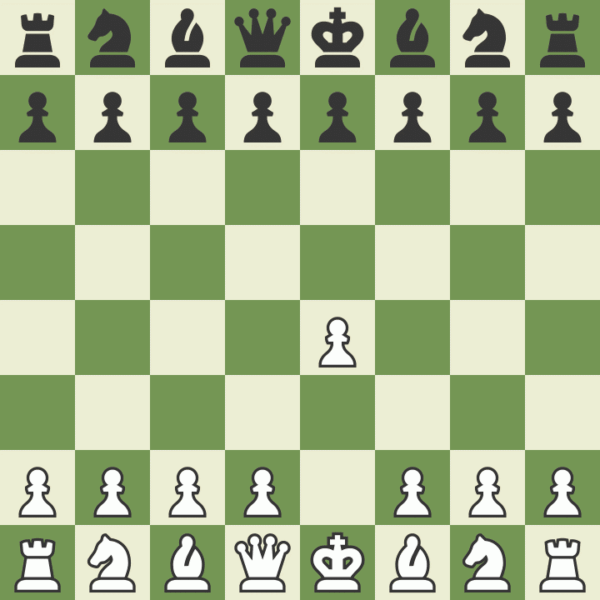Italian Opening chess is a classical opening that every chess player needs to be aware of. Plain in its simplicity and powerful, this can be a helpful opening from a person beginning all the way up to the most experienced players. Let’s now delve into all you should know about this classic opening:.
What is the Italian Opening in Chess?
The Italian Opening starts with the moves: ne4 e5 | Nf3 Nc6 | Bc4
This move order allows White to fast develop two of the most important pieces, the knight and the bishop, and to control the center. What really defines the Italian Opening is the bishop on c4, pressuring Black’s weakest point: the f7 pawn.

Why Play the Italian Opening?
Opening has many plus points for the beginners and even for the intermediate players. Some of the reasons why it is a favorite choice include:
Easy to Learn: It’s an opening, which is so easy to understand that one can develop his pieces as fast as possible and take control over the center of the board.
Flexible Plans: You can always change to either an aggressive or positional game, depending on the response of your opponent.
Rich in History: This opening has been adopted for centuries and remains one of the favorite choices in top games.
Key Strategies for the Italian Opening
How to Play Italian Opening Chess Successfully For successfully playing Italian Opening Chess, some of the key strategies are as follows:
1. Control the Center
The move 1. e4 enables you to seize the center. This is an important aspect for setting up future tactics. The knight and bishop work in harmony to support this control.
2. Employ Bishop on c4
The Italian Opening centers around the bishop being placed on c4, putting pressure on Black’s f7 pawn, which is often weak in the opening phase.
3. Castle Early
Once you’ve developed your knight and bishop, you’ll want to castle kingside at the earliest opportunity. This will help to keep your king safer and get your rook into the game.
4. Look for Tactical Opportunities
The Italian Opening allows for tactical play. Look for any weaknesses in Black’s defense, especially any play involving the f7 square.
Popular Variations of the Italian Opening Chess
Some of the more usual variants of the Italian Opening chess are highlighted below:
1. Evans Gambit
The Evans Gambit is a rather aggressive way to play this opening; one sacrifices a pawn for the sake of quick development. The moves are:
e4 e5 2. Nf3 Nc6 3. Bc4 Bc5 4. b4
This is a favorite weapon for players who want a quick attack.
2. Two Knights Defense
Another popular response to the Italian Opening is the Two Knights Defense:
e4 e5 2. Nf3 Nc6 3. Bc4 Nf6
This variation is an invitation to White to be more tactical, very frequently resulting in sharp play and counter-attacks.
Common Mistakes :
While the Italian Opening chess is a solid choice, players can make common mistakes, including:
Over-committing to an Attack: Don’t focus solely on attacking the f7 pawn. It’s important to fully develop your pieces before launching an all-out attack.
Neglecting Defense: Make sure to castle early and protect your king, especially if Black launches a counterattack.
How to Defend Against the Italian Opening
If you’re playing as Black, there are several ways to defend against the Italian Opening chess:
Play the Two Knights Defense: By playing 3… Nf6, you can challenge White’s setup and create opportunities for counter play.
Solid Development: Ensure that you develop your pieces while maintaining a strong pawn structure. Avoid overextending too early.
Conclusion:
Italian Opening chess is highly flexible and, in some ways, easy to learn, which can be very helpful for taking the initiative right from the beginning of the game. The simplicity of its concept added to efficacy makes it an ideal opening for those beginners who would like to improve their knowledge of the basics in chess. Whether you are preparing for tactical strikes or positional play, this opening should be in your chess arsenal.








